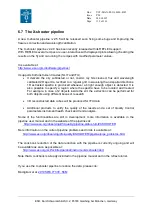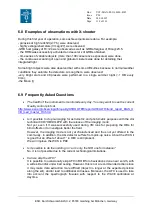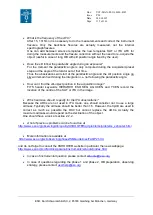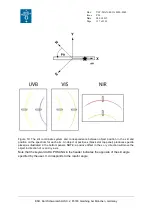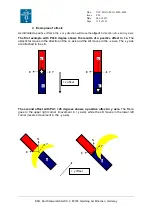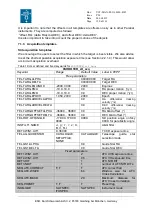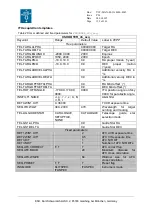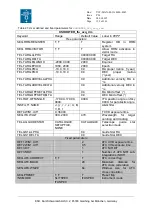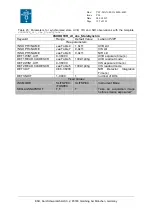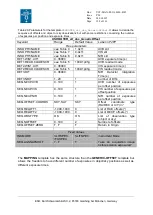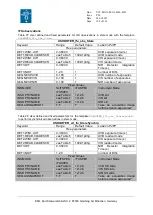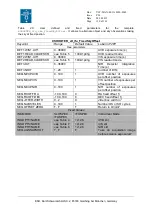
Doc:
Issue
Date
Page
VLT-MAN-ESO-14650-4942
P96
24.06.2015
115 of 161
ESO, Karl-Schwarzschild-Str. 2, 85748 Garching bei München, Germany
What is the frequency of the AFC?
After 1h, 1h15mn it is necessary to do the measurements and correct the instrument
flexures. Only the backbone flexures are actually measured, not the internal
spectrograph flexures.
One can add between science templates the new templates SLIT or IFU AFC for
doing the measurements and the flexure correction without the need to re-acquire the
object (useful in case of long OB with slit position angle fixed by the user).
Does the slit follow the parallactic angle during an exposure?
For the moment the parallactic angle is only computed during the acquisition/preset
step and the angle of the rotator set at that time.
Thus the observations will start at the parallactic angle and the slit position angle on
sky will remain fixed during the integration i.e. not following the parallactic angle.
How can I find the slit-object position in the acquisition image?
FITS header keywords HIERARCH ESO SEQ AG XCEN and YCEN record the
location of the centre of the SLIT or IFU in the image.
Which airmass should I specify for the IFU observations?
Because the ADCs are not used in IFU mode, one should consider not to use a large
airmass. Typically the airmass should be better than 1.5. However, the tip/tilt are used to
correct as much as possible the DAC but cannot replace the ADCs. Actually the
maximum airmass would depend on the declination of the object.
One should have a look at section 2.2.2.
A list of previous problems can be found too at
http://www.eso.org/observing/dfo/quality/XSHOOTER/qc/problems/problems_xshooter.html
More information is available at
http://www.eso.org/sci/observing/phase2/SMGuidelines/FAQP2.html
and do not forget to consult the XSHOOTER website in particular the news webpage:
http://www.eso.org/sci/facilities/paranal/instruments/xshooter/index.html
In case of instrumental question please contact
In case of questions regarding the phase 1 and phase 2, OB preparation, observing













